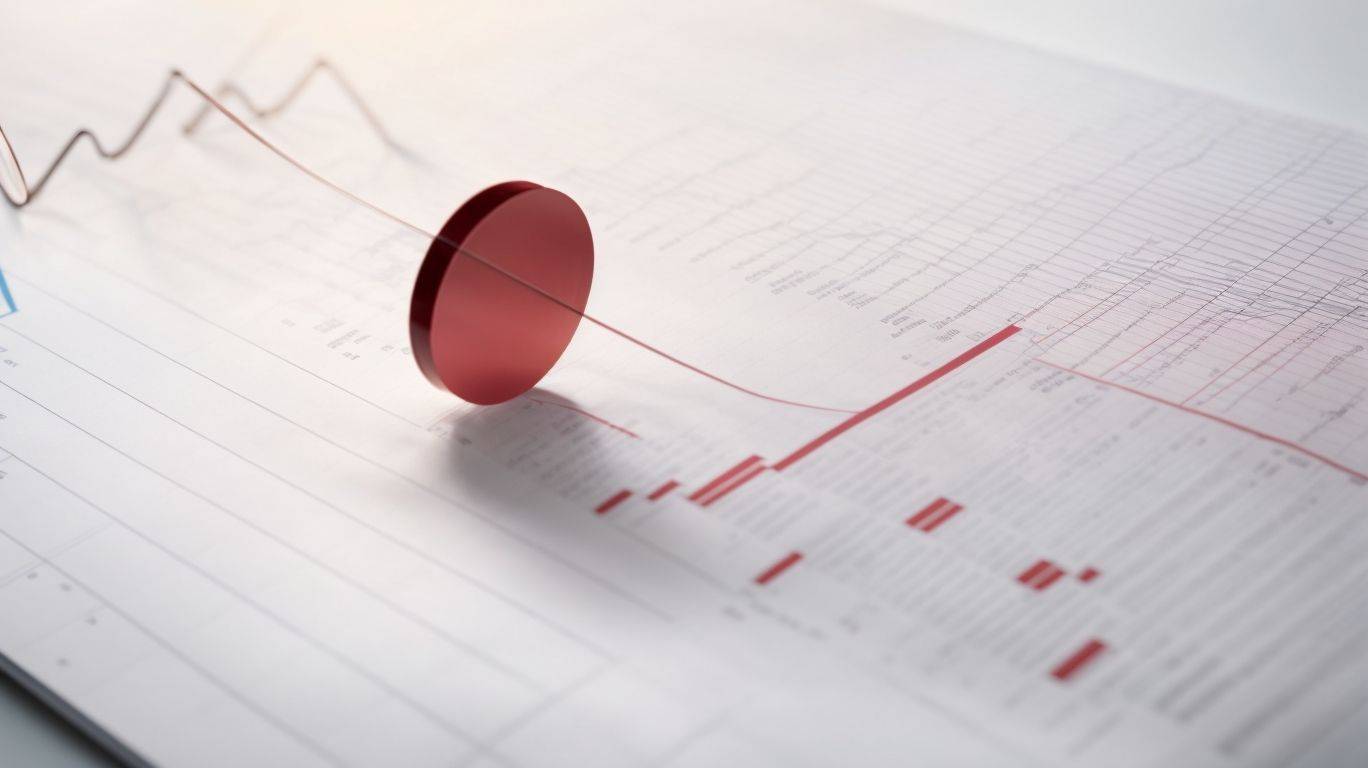Are you tired of inaccurate sales forecasts leading to missed opportunities and lost revenue? Look no further than predictive analytics to revolutionize your sales forecasting process. By utilizing advanced algorithms and data analysis, predictive analytics provides businesses with a more accurate and reliable way to predict future sales trends.
In this article, we will explore the benefits of predictive analytics for sales forecasting and how it can help your business stay ahead of the competition.
Key Takeaways:
Sales Predictive Analysis and Data Insights
Sales predictive analysis involves leveraging data to gain valuable insights into customer behavior, trends, and future sales performance.
By utilizing predictive analytics tools, businesses can effectively forecast sales trends based on past data, enabling them to anticipate customer demand and make informed decisions.
- Predictive analytics enables companies to identify patterns and correlations in sales data, highlighting areas for improvement and growth opportunities.
Through the application of machine learning algorithms, sales teams can analyze large datasets to identify valuable customer insights and predict future buying behaviors.
The accuracy of predictive modeling is crucial for setting realistic sales targets and refining strategies to achieve desired outcomes.
Predictive Analytics Benefits
Predictive analytics offers numerous benefits to organizations in terms of enhancing decision-making, improving performance, and increasing customer experience. The accuracy of predictive models enables businesses to anticipate customer needs and personalize their marketing campaigns.
By leveraging predictive analytics, organizations can gain a deeper understanding of customer behaviors and preferences, leading to more targeted sales strategies. Customer segmentation becomes more precise, allowing sales teams to tailor their approaches for different client groups. This level of personalization contributes to higher conversion rates and customer satisfaction levels.
Predictive analytics plays a crucial role in enhancing sales team performance by identifying high-potential prospects and optimizing sales processes. Insights derived from predictive models enable sales representatives to prioritize leads effectively, resulting in improved efficiency and revenue generation.
Risks of Predictive Sales Analysis
While predictive sales analysis can be beneficial, it also comes with inherent risks such as overlooking market changes, misinterpreting patterns, and making faulty assumptions. Understanding these risks is crucial for mitigating potential shortcomings in predictive modeling.
One of the major challenges in predictive sales analysis is the dynamic nature of markets, which are influenced by various external factors that can change rapidly.
For instance, political events, economic trends, or unexpected crises can significantly impact consumer behavior and purchasing patterns, making it difficult to accurately forecast sales performance.
The complexity of large datasets can lead to the identification of spurious correlations or overfitting models, resulting in inaccurate predictions.
Without proper validation and continuous monitoring, organizations risk basing critical decisions on flawed insights, leading to suboptimal outcomes.
Future Trends in Sales Predictive Analytics
The future of sales predictive analytics is set to be revolutionized by advancements in AI and machine learning technologies. Organizations will increasingly rely on AI-driven solutions to automate forecasting, gain deeper insights, and optimize their sales pipeline.
One of the key trends shaping this evolution is the integration of AI algorithms in predictive modeling processes. AI’s ability to analyze vast datasets and recognize complex patterns enables businesses to forecast sales trends with greater accuracy. By leveraging machine learning, organizations can identify consumer behaviors, predict purchasing patterns, and tailor their strategies accordingly. This dynamic approach not only enhances sales forecasting but also helps companies stay agile in responding to market fluctuations. AI-powered tools provide real-time data analysis, allowing businesses to make timely decisions and capitalize on emerging opportunities.
Frequently Asked Questions
What is predictive analytics for sales forecasting?
Predictive analytics for sales forecasting is a method that uses historical data, statistical algorithms, and machine learning techniques to predict future sales trends and patterns.
How does predictive analytics for sales forecasting work?
Predictive analytics for sales forecasting works by analyzing past sales data, identifying patterns and trends, and using this information to make predictions about future sales. This allows businesses to make data-driven decisions and plan strategies for improving sales performance.
What are the benefits of using predictive analytics for sales forecasting?
Using predictive analytics for sales forecasting can provide numerous benefits, such as improving accuracy of sales projections, identifying potential sales opportunities, and helping businesses make informed decisions about resource allocation and budgeting.
What kind of data is used in predictive analytics for sales forecasting?
Predictive analytics for sales forecasting utilizes various types of data, including historical sales data, customer demographics, market trends, and external factors such as economic conditions and competitor activity.
What are some common techniques and tools used in predictive analytics for sales forecasting?
Common techniques and tools used in predictive analytics for sales forecasting include regression analysis, time series analysis, and machine learning algorithms. Some popular software and platforms for sales forecasting include Salesforce, SAP, and Tableau.
Is predictive analytics for sales forecasting accurate?
Predictive analytics for sales forecasting is not 100% accurate, but it can provide more accurate predictions than relying solely on intuition and experience. The accuracy of the forecasts depends on the quality of the data and the effectiveness of the algorithms used.


